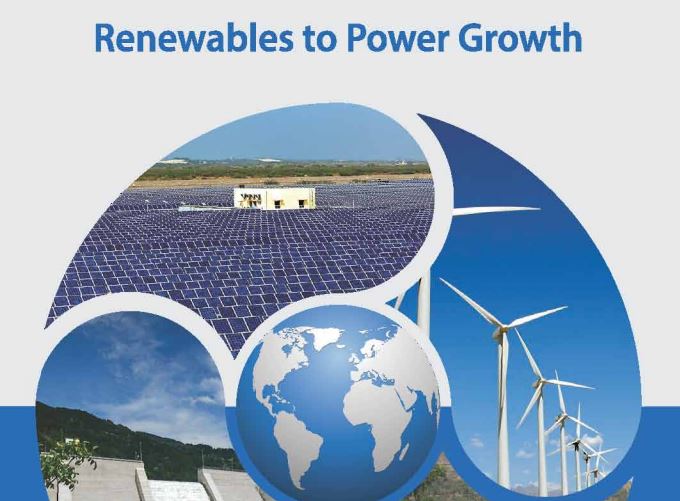

The Intent Was Announced last year
One of the country’s largest private integrated power company, Tata Power has recently made it publicly clear that it will cease building new coal-fired capacity, according to a report released by the Institute for Energy Economics and Financial Analysis (IEEFA). For the group, which enjoys an enviable brand recognition and respect due to its balancing act between profits and contribution to society, such a move would be in line with long term expectations to see it lead a shift in India’s energy sector. Reader’s or investors wouldn;t be too shocked at this development. The group’s 2017-18 annual report cover (featured here) does say “Renewables to Power Growth”.
The report, Tata Power: Renewables to Power Growth, highlights the company’s long-term strategy that will see renewable energy dominate its power capacity build-out going forward. Report co-author Simon Nicholas, Energy Finance Analyst at IEEFA, said Tata Power’s focus on renewables makes sense given the major energy transformation now occurring.
“The company’s plan, Strategic Intent 2025, calls for up to 70% of new capacity additions to come from solar, wind and hydro through to 2025,” says Nicholas. “This represents a significant departure from the accepted wisdom of just a few years ago that a major expansion of coal-fired power would be required to serve India’s growing electricity demand.”
The majority of Tata Power’s thermal capacity is now centered on its Mundra coal-fired power plant – one of the biggest power plants in India – which experienced losses reaching US$ 191M for the first three quarters of FY 2018-19. That was primarily due to issues around fuel linkages , where Indonesian coal prices tripped up the plant. But the firm , along with others in Gujarat, has received relief there with pass through of costs being allowed finally.
Tim Buckley, IEEFA’s Director of Energy Finance Studies and co-author of the report, notes that Tata Power’s shift mirrors the transition underway within the Indian power sector as a whole, driven by least-cost renewable energy.
“The shift away from new coal-fired power is moving faster than anyone had predicted,” says Buckley. “The current Indian fiscal year has seen net coal-fired power additions come close to ceasing altogether.”
Peak coal-fired power capacity in India is on the horizon, according to the IEEFA analysts, and growing electricity demand will be served by current coal power capacity and rapidly growing renewable energy capacity. “Tata Power encapsulates this rapid transition,” Buckley said.
With more than 40 gigawatts of existing coal-fired power plants under financial stress in India, Tata Power is seeking to only add new coal-fired power capacity via fire-sale acquisition, at 30%-40% of the historical investment. It no longer plans to build new coal-fired power plants.
Tata Power’s renewables operations are profitable, recording earnings before interest, depreciation and amortisation (EBITDA) of US$ 249M in FY 2017-18, and an EBITDA margin of 89%.
The company is also leading India in rooftop solar, electric vehicle charging, and via its recent installation of India’s first grid-scale battery storage system alongside Mitsubishi Corporation and AES India.
However, Tata Power will need to increase its renewables installation rate significantly if it is to meet its Strategic Intent target of reaching up to 11.3 GW of non-fossil fuel power capacity by 2025.
Interestingly, a latecomer to the energy sector, Adani Enterprises has taken a contrarian strategy, with heavy investments in thermal plants and coal, going all the way to Australia to buy up mines to lock in supplies. With a strong run so far, it remains to be seen if the Adani Group saw something in thermal that the Tata’s, with their decades of experience, missed.
Excerpted from Saurenergy.com
In a significant move toward advancing green energy and industrial growth in the state, Himachal…
Golabl chemical conglomerate BASF has announced that its now offering the world’s first biomass-balanced polyethersulfone…
In a crucial stint to bolster the biogas sector and sustainable dairying in the country,…
TotalEnergies SE has received approval to proceed with its Middlebrook solar and battery project in…
Andhra Pradesh Chief Minister Chandrababu Naidu has inaugurated the Rs 1,000-crore green hydrogen plant of…
The BITS Pilani has developed an innovative solution for managing landfill leachate, domestic septage, and…